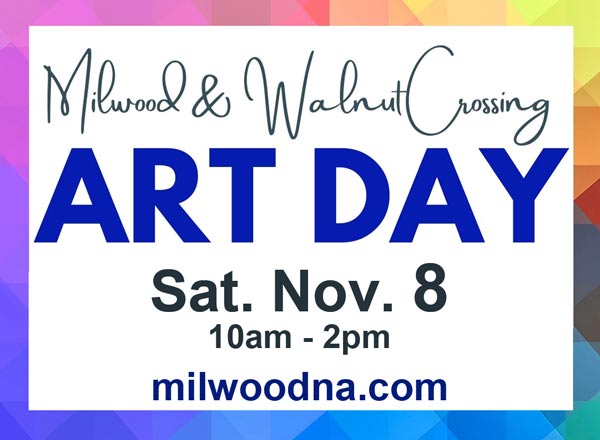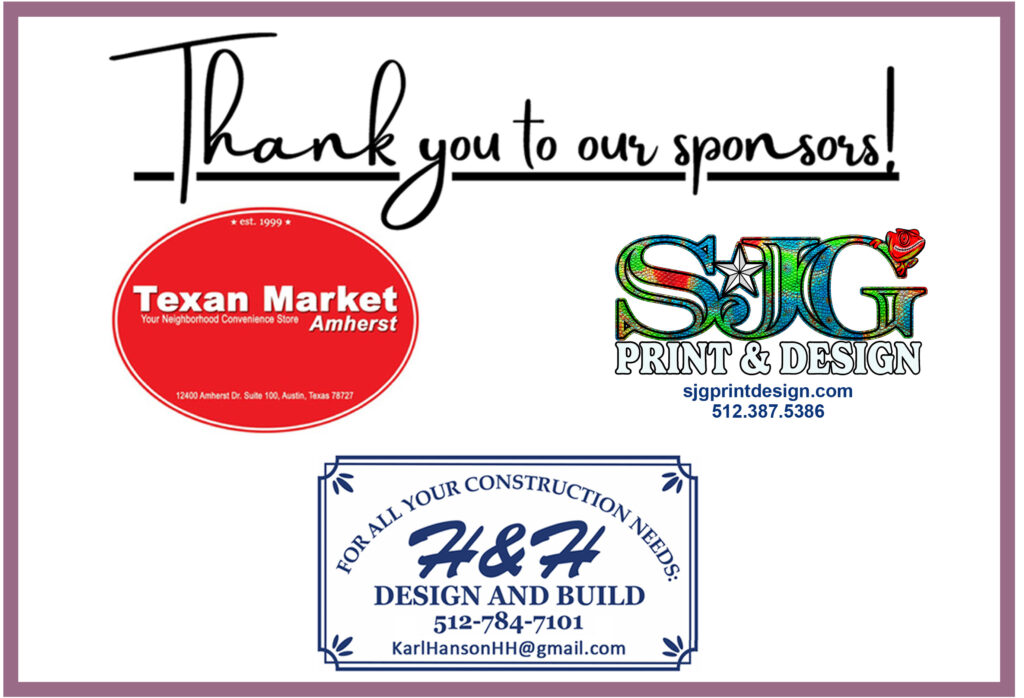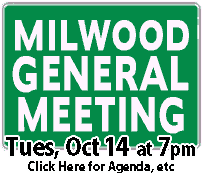Last night city design staff came out to present on turn lane they have designed at Duval and Amherst. Basically the planned project would add a lane after the live oak tree after the bridge leading up to the light.
Main pros of the project:
- Would improve getting people through the light at Duval.
- Traffic considerations in light of Domain are of extremely high importance.
- Would put sidewalks down Duval from Amherst to the bridge (although still not giving pedestrians an adequate path across the bridge).
Main cons of the project:
- Increased traffic flow capacity increases the volume of traffic on Amherst and likely the speed, near the park and the school.
- Turn lane likely encourages more non residents to use Duval/Amherst as a cutthrough, a long standing fear (that dates back to fights by some not to increase Duval to four lanes)
- The project would in effect eliminate the wildflower corner that many in the neighborhood historically spent a lot of time to establish. (although the project plan would include reseeding and efforts to reestablish)
- The project would increase traffic flow next to a bus stop, meaning that bus stop would probably be less safe and/or need to be moved.
Project cost is estimated to be 425 thousand, would start in summer 2008 and last 3-4 months.
The view of the 8-10 residents in attendance was that this was a project they didn’t want to see, for the cons listed above. We’re interested in your opinions so that we can present up to city staff and elected officials what your opinions are. If you hate the project or think it should have happened years ago, we want to know. If you have questions or comments please email us.
**Note that there was a variance hearing about this topic on Tuesday but it has been cancelled for further consideration of the topic, which I view as a good sign.
Speaking only for myself, my issue is actually less about the the project itself – for which I can legitimately see pros and cons – but more the lack of outreach prior to a major traffic project being prioritized and designed. The city, somewhere, is prioritizing the use of tax dollars – and unless some mail to the neighborhood association fell out of the post office box somewhere, they are not involving the people who will be the primary users of the project.
It doesn’t take that much effort to involve neighborhoods early if you have the mindset that it is valuable. The time the city may gained by being efficient gets lost when they hit surprised people who recoil about things happening to them as opposed to with them.
In the long run involving the neighborhoods is the most effective approach, and helps direct tax dollars into work that people appreciate. It won’t always work that way, there will be times when the city has to disagree with a neighborhood because a larger city issue must be addressed, but at least then people feel you took concerns into account.
Making people feel surprised in these types of situations never makes things better.






















